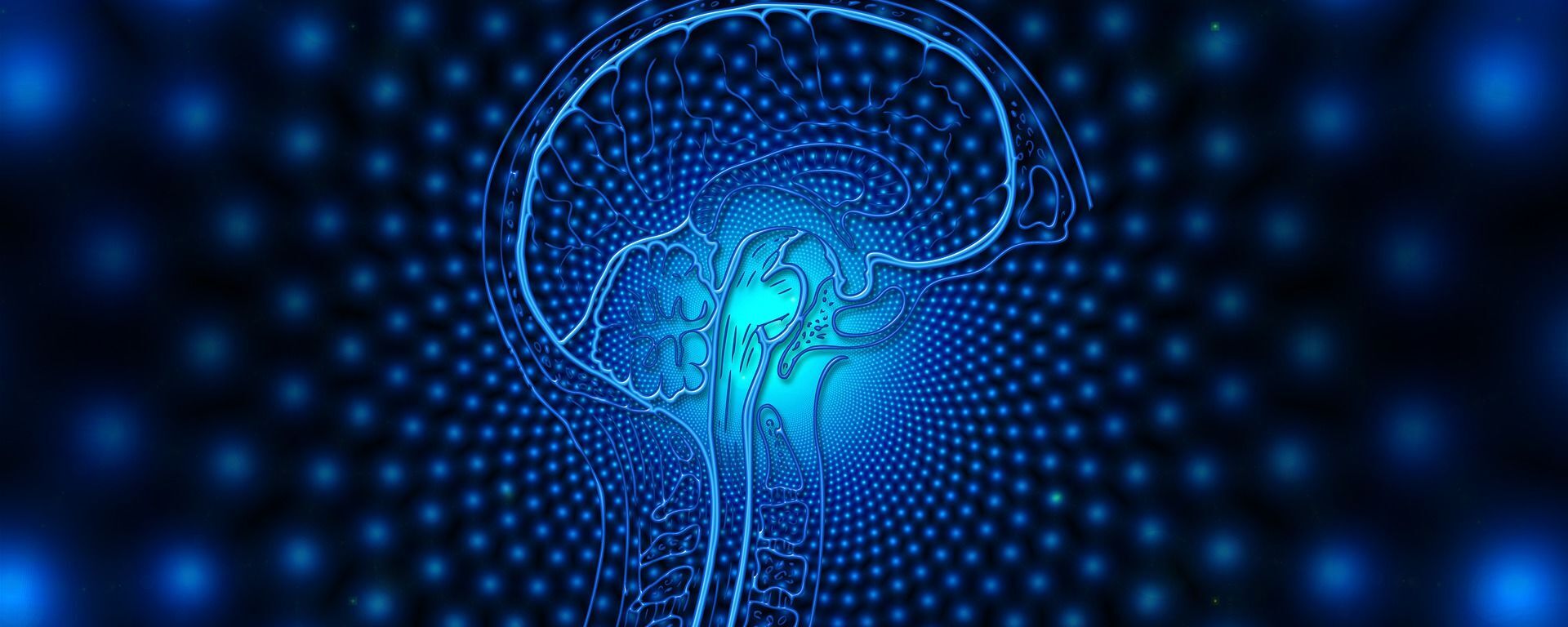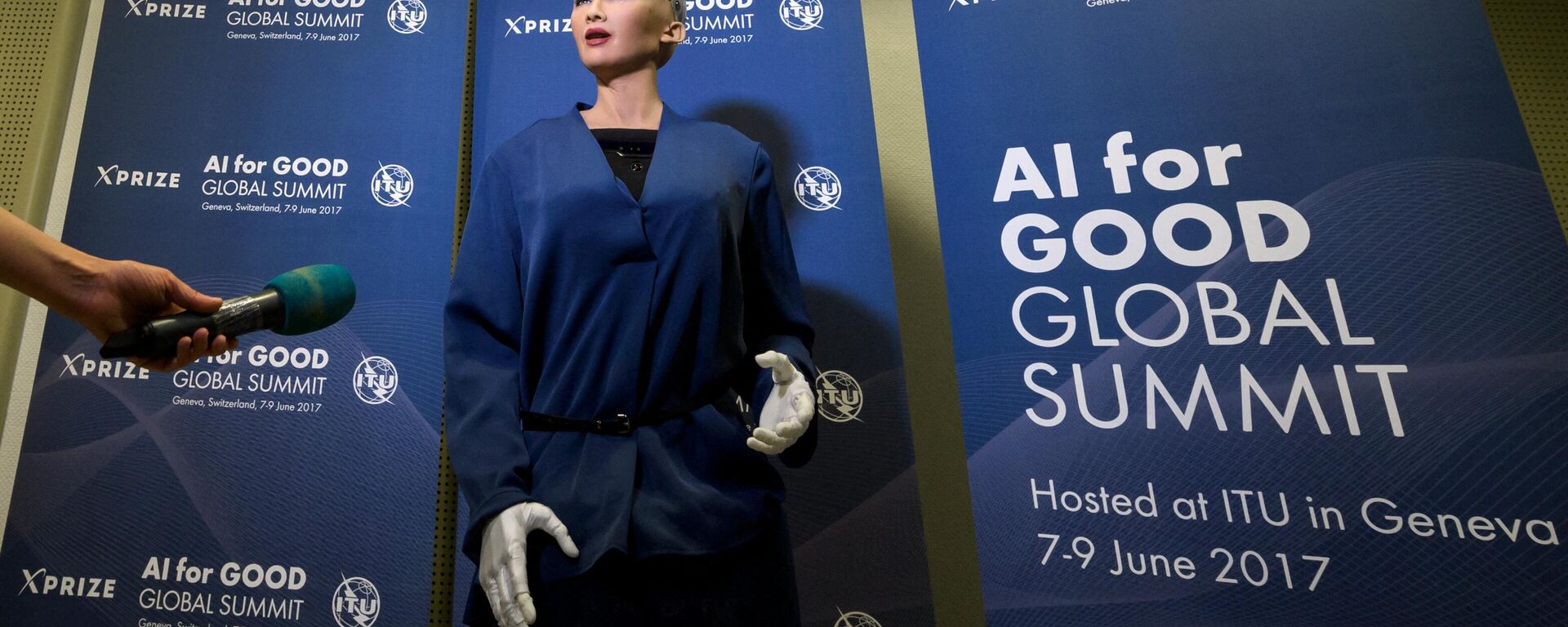https://sputnikglobe.com/20231127/humanoid-ai-driven-robots-to-become-150-billion-market-by-2035-as-china-plans-for-mass-production-1115238468.html
Humanoid AI-Driven Robots to Become $150 Billion Market by 2035 as China Plans for Mass Production
Humanoid AI-Driven Robots to Become $150 Billion Market by 2035 as China Plans for Mass Production
Sputnik International
In the coming decade, humanoid robots stand to both augment human workers in many fields, but could also replace large numbers of them, too, experts have said.
2023-11-27T17:19+0000
2023-11-27T17:19+0000
2023-11-27T17:19+0000
china
artificial intelligence (ai)
robotics
medical robot
robot
science & tech
beyond politics
https://cdn1.img.sputnikglobe.com/img/07e6/09/08/1100526567_0:160:3073:1888_1920x0_80_0_0_a14db77fb8c3b08bd62da5f50119c041.jpg
Earlier this month, the Chinese Ministry of Industry and Information Technology (MIIT) published new guidelines on robot manufacturing for the country’s rapidly advancing artificial intelligence sector, predicting the country could mass-produce humanoid robots by 2025. By 2027, humanoid robots could begin to make an impact in the economy, they noted, although pointing out that there were several key technological breakthroughs still to be made.China has been a world leader in artificial intelligence and robotics, with the socialist country’s economic planners pushing a massive effort to advance the field in education, research, and manufacturing sectors. China’s State Council has laid out the New Generation AI Development Plan, a roadmap to becoming a world leader in artificial intelligence by 2030, and set aside 400 billion yuan ($59.07 billion) to develop the core of its AI industry by 2025.However, the race for both AI and for humanoid robots is global. Earlier this year, the European Union banned the export of certain AI technologies to China, and the US has banned the sale of certain AI-related computer chips to Chinese companies as well. Companies like Tesla, Agility, Apptronic, and Hanson Robotics have all introduced humanoid robots in recent years, and numerous research facilities and universities are pursuing similar projects.Goldman Sachs predicted earlier this month that by 2035, the humanoid robotics industry could be worth $150 billion worldwide, saying it could “fill 4% of the projected US manufacturing labor shortage by 2030 and 2% of global elderly care demand by 2035.”Experts who spoke with British media recently highlighted many of the potential uses for intelligent humanoid robots, from caring for elderly people to performing precision medicine in remote parts of the countryside or on the battlefield.Another expert noted: “We now have robots also reacting to emotions, and reading behavior. We will have robots coping with mental disorders, behavioral disorders, with children and also with adults. If we think about the old people, we'll have a lot of 65-plus people. Robots can come into play, to support and to help, which also enables people to live longer.”Another noted that robots can “more easily” do repetitive tasks and could even replace large numbers of human workers in manufacturing industries, but pointed out that “we will always need robot technicians,” humans who monitor and provide maintenance for the robots.“For example, humanoid robots could be employed in flexible manufacturing factories, working with people to assemble equipment parts. They could also be used for social care, or also as teaching helper tools in schools.”
https://sputnikglobe.com/20230301/new-frontier-scientists-lay-out-plan-for-building-ai-using-human-brain-cells-1107912980.html
https://sputnikglobe.com/20230708/pull-the-plug-on-this-internet-rattled-as-ai-powered-robots-claim-to-be-better-leaders-1111748981.html
china
Sputnik International
feedback@sputniknews.com
+74956456601
MIA „Rossiya Segodnya“
2023
News
en_EN
Sputnik International
feedback@sputniknews.com
+74956456601
MIA „Rossiya Segodnya“
Sputnik International
feedback@sputniknews.com
+74956456601
MIA „Rossiya Segodnya“
will robots replace human workers, is china mass producing robots, humanoid robots
will robots replace human workers, is china mass producing robots, humanoid robots
Humanoid AI-Driven Robots to Become $150 Billion Market by 2035 as China Plans for Mass Production
In the coming decade, humanoid robots stand to both augment human workers in many fields, but could also replace large numbers of them, too, experts have said. While once the realm of science fiction, humanoid robots are becoming more common, with China unveiling a plan for mass production.
Earlier this month, the Chinese Ministry of Industry and Information Technology (MIIT) published new guidelines on robot manufacturing for the country’s rapidly advancing artificial intelligence sector, predicting the country could mass-produce humanoid robots by 2025. By 2027, humanoid robots could begin to make an impact in the economy, they noted, although pointing out that there were several key technological breakthroughs still to be made.
By then, “the technological innovation of humanoid robots will be significantly improved, a safe and reliable industrial supply chain system will be formed, an industrial ecology with international competitiveness will be constructed and our comprehensive strength will reach the world’s advanced level,” MIIT wrote, according to Chinese media.
China has been a world leader in artificial intelligence and robotics, with the socialist country’s economic planners
pushing a massive effort to advance the field in education, research, and manufacturing sectors. China’s State Council has laid out the New Generation AI Development Plan, a
roadmap to becoming a world leader in artificial intelligence by 2030, and set aside 400 billion yuan ($59.07 billion) to develop the core of its AI industry by 2025.
However, the race for both AI and for humanoid robots is global. Earlier this year, the European Union
banned the export of certain AI technologies to China, and the US has banned the sale of certain AI-related computer chips to Chinese companies as well. Companies like Tesla, Agility, Apptronic, and Hanson Robotics have all introduced humanoid robots in recent years, and numerous research facilities and universities are pursuing similar projects.
Goldman Sachs
predicted earlier this month that by 2035, the humanoid robotics industry could be worth $150 billion worldwide, saying it could “fill 4% of the projected US manufacturing labor shortage by 2030 and 2% of global elderly care demand by 2035.”
Experts who spoke with British media recently highlighted many of the potential uses for intelligent humanoid robots, from caring for elderly people to performing precision medicine in remote parts of the countryside or on the battlefield.
“Mass producing reasonably-priced robots is achievable with economies of scale and advances in technologies, and we foresee all kinds of robots supporting workforces across manufacturing, healthcare, construction, transport, hospitality and more,” one expert said. “Intelligent robots can increase productivity, improve quality control, and help deliver repetitive or dangerous tasks.”
Another expert noted: “We now have robots also reacting to emotions, and reading behavior. We will have robots coping with mental disorders, behavioral disorders, with children and also with adults. If we think about the old people, we'll have a lot of 65-plus people. Robots can come into play, to support and to help, which also enables people to live longer.”
Another noted that robots can “more easily” do repetitive tasks and could even
replace large numbers of human workers in manufacturing industries, but pointed out that “we will always need robot technicians,” humans who monitor and provide maintenance for the robots.
“I think we'll gradually see them used in some sectors to support existing workers,” the expert said.
“For example, humanoid robots could be employed in flexible manufacturing factories, working with people to assemble equipment parts. They could also be used for social care, or also as teaching helper tools in schools.”




